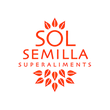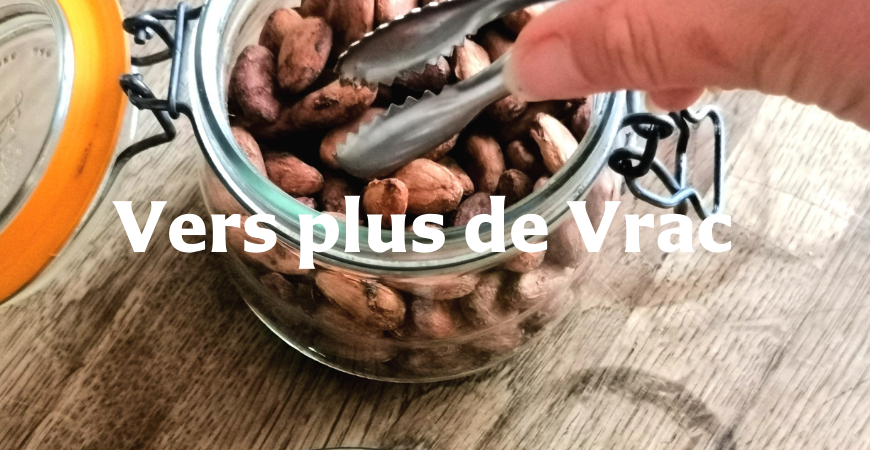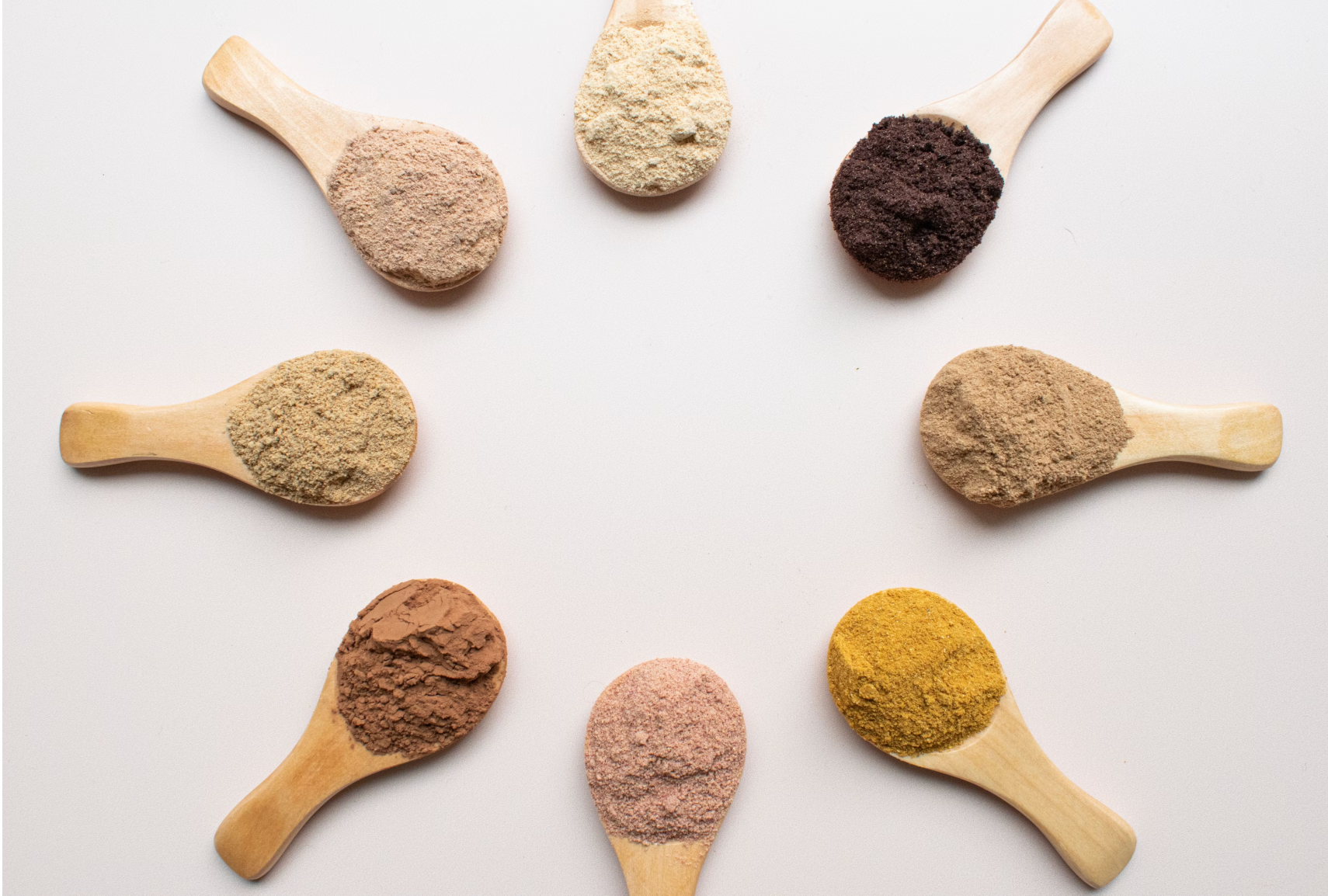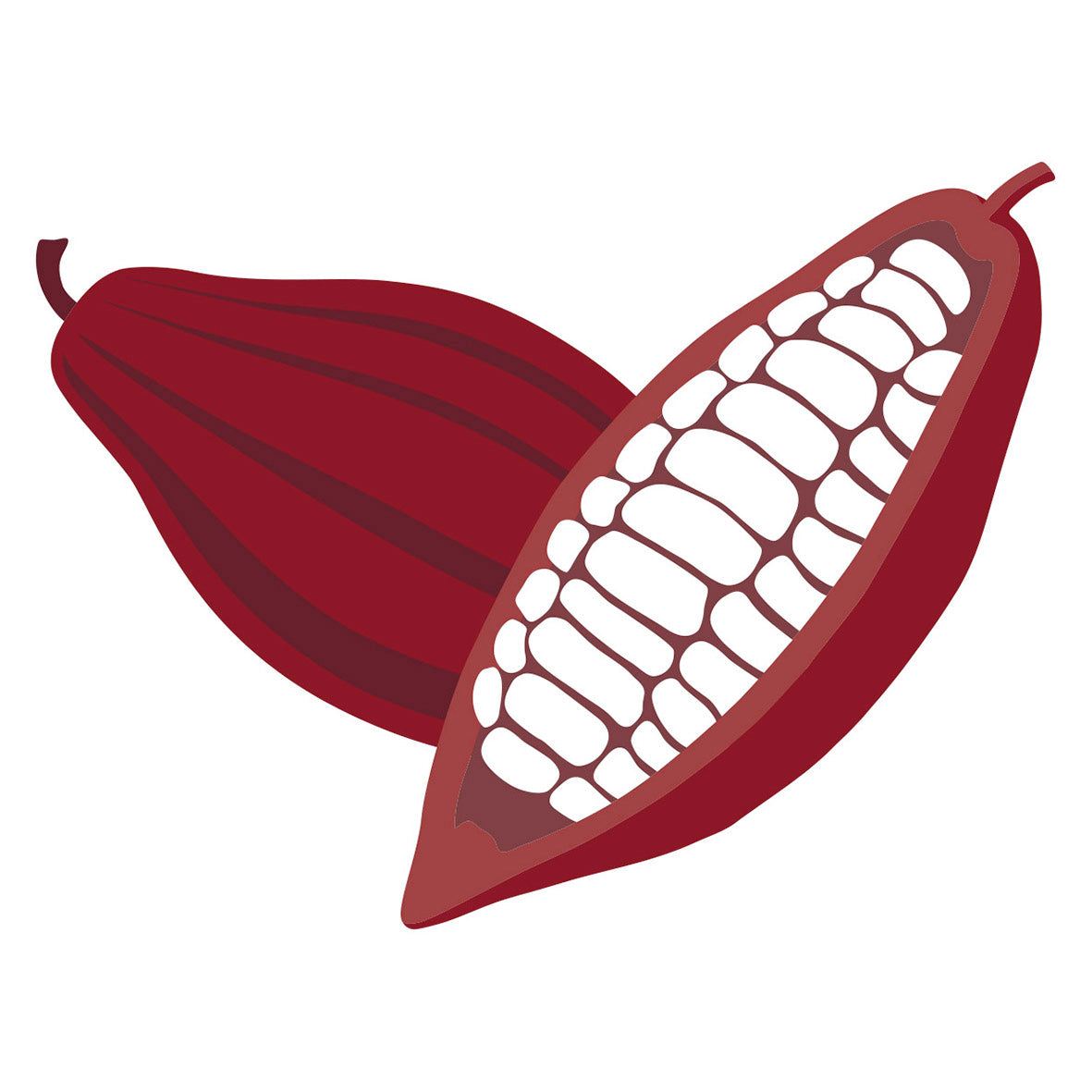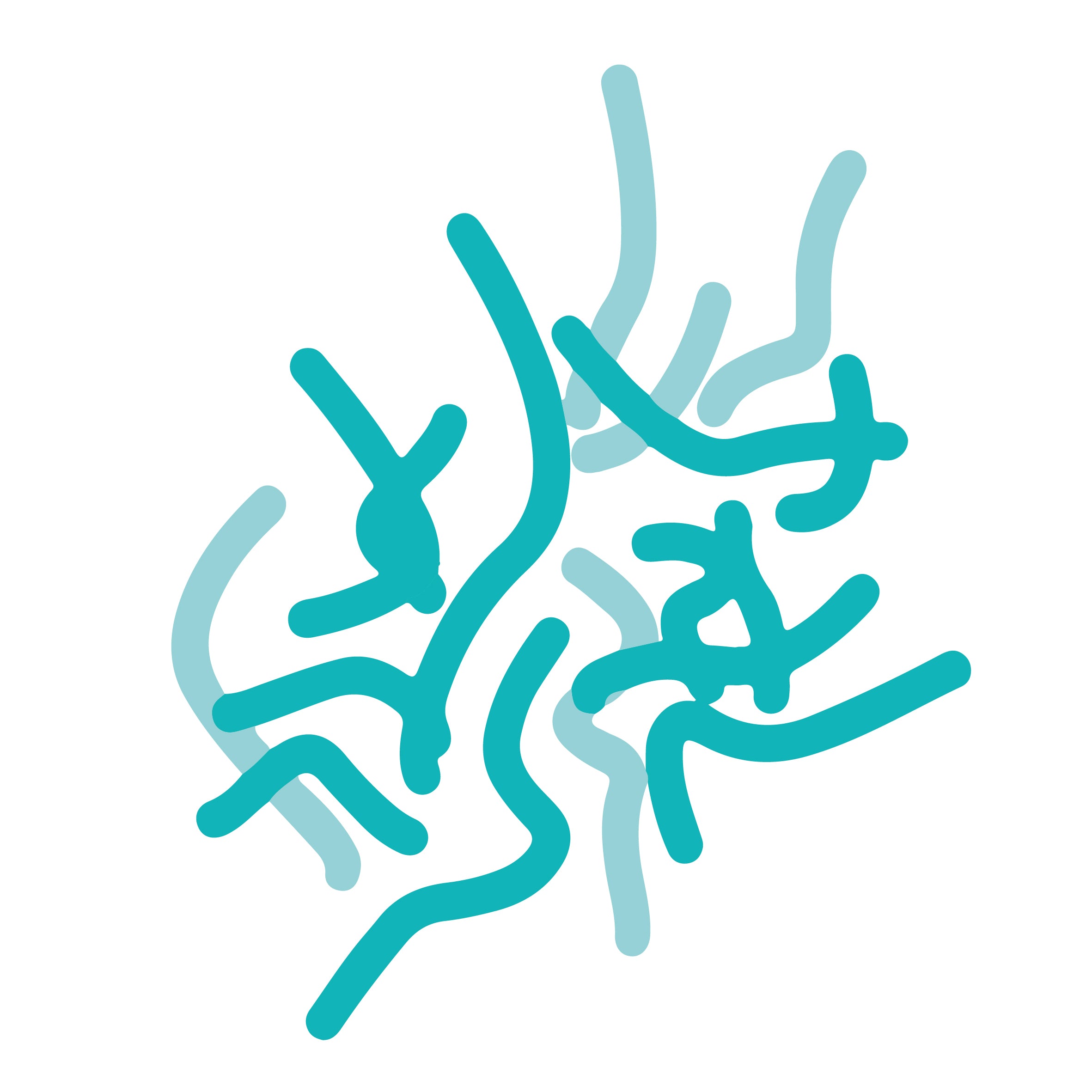Nourriture intellectuelle
PLANT BASED FOOD, Sol Semilla trendsetter in France
Since its birth, Sol Semilla has decided to combine superfoods with plant-based and organic cuisine, announcing a conscious diet in vogue today and which aims for systemic ethics.
Learn moreFocus on klamath, the wild blue algae
By @Marie_shaktini , communications manager at Sol Semilla. A rare microalgae The "Klamath", also called "AFA" (from its botanical name: Aphanizomenon Flos Aquae, "the invisible flower of water") is collected from only one place in the world, Klamath Lake in Oregon (USA). Our partner is one of four local companies that share this natural resource. Protecting a unique ecosystem Our supplier, whose facilities we visited, respects the rare periods of the year that are conducive to harvesting in optimal conditions. This notably helps to avoid contamination of AFA by microcystin, another micro-algae, which can be toxic. As market demand has become very strong, some producers harvest over longer periods, thus constantly marketing a lower quality Klamath. Demanding quality criteria Direct import: total traceability We have been working directly with the producer for several years, which ensures optimal quality and traceability. As consumers of klamath, we pay great attention to the drying method used (Liqua Dry's® BioActive Dehydration™) which undoubtedly preserves the 115 nutrients (particularly chlorophyll, vitamin B12, phenylethylamine and amino acids) naturally present in the algae. A double analysis carried out upon each receipt guarantees its purity. Strict quality control In addition to analyses upon receipt, harvesting wild algae requires constant monitoring by our supplier, who is aware of working with a product that grows in a wild environment. The latter carries out checks on the lake water every hour during the harvest period. The high quality of our klamath is also linked to its harvest period – at the time of the coldest waters, in spring and fall. Harvests are done in the spring and fall, a time of year when the waters remain relatively cold, which ensures the quality of our Klamath. Indeed, when the waters of the lake rise in temperature, other toxic micro-algae (microcystin) can appear in certain areas. Market excesses Depending on the brands and distributors, a low price means that there is a risk that it will be cut with other algae (at best Spirulina). Recognizing a quality Klamath Depending on the brands and distributors, a low price means that there is a risk that it will be cut with other algae (at best Spirulina). As with all products, different qualities exist, all stages from harvest to delivery must be taken into account in order to define the quality of the product. Harvest and origin: Do you know any specific harvest periods? Does your dealer work directly with the producer? Analyses and certifications: Can the supplier provide you with complete microbiological analyses, microcystin levels, pesticides, Vincent's bio-electronic tests, complete nutritional values? By following this link you will have access to a detailed technical sheet on the klamath! Traceability: The batch number should allow the reseller to find the batch and the analyses carried out on it in a few minutes. All documents can be sent within the day to the person who requests them. The Sol Semilla sales department is able to send any document on request. The manufacturing method: Clean harvesting methods, a drying process that respects the product, compression and storage in a healthy environment (away from heat and light) are essential to ensure the quality of the final product and its conservation. Sound sales pitch and wise advice: Klamath is a complete algae that acts on the nervous system. The reseller must not oversell the effects of Klamath by specifying that its effects and properties will vary depending on each person. We will always advise you to consult your naturopath.
Learn moreBut superfoods, do they come from far away?!
Article by @Marie_shaktini , communications manager at Sol Semilla. More and more of us are becoming aware of the global impact caused by our consumption choices, particularly in the area of food. A reflection on distribution channels leads us to favor the consumption of fresh, seasonal and local products. Indeed, these foods allow us to be in phase with our immediate environment, to provide our body with "nutritional information" adapted to the regions and climates in and under which we live. Our ideal plates would be made up of a significant portion "from here and now", I mean fresh products from short circuits. The development of such a mode of consumption would result in bringing growing areas closer to places of residence. Already today, urban farms and vegetable gardens are emerging... The economic, social and ecological prospects offered by such a development are exciting. The massive consumption of fresh food from far away is therefore legitimately to be questioned. Having to reach the consumer quickly, they are, for the most part, shipped by plane in sometimes refrigerated containers. This type of transport poses serious ecological problems and should be used as little as possible, reducing as much as possible the consumption of fresh products from other continents is therefore essential today. Dried, naturally grown and processed foods, which can travel slowly from one distant point to another, may, if they are interesting from a taste and nutritional point of view, be considered differently. SMART BUSINESS & CULTURAL LINKS Throughout world history, trade has taken place between peoples. Spices, dried fruits, herbs, grains, and other dried foods have traveled ever greater distances. Beyond the flavors, colors and nutrients provided, these exchanges have allowed different cultures to forge links, transmit stories, and share knowledge. This need to reach out to others has been expressed in more or less harmonious ways depending on the era and the region. The plundering of resources, the enslavement of indigenous peoples by their conquerors, the near-destruction of age-old cultures have often predominated and left traces that still mark our current events. The conquest of the Americas by the Europeans - which according to some marks the beginning of globalization - is one of the strongest illustrations of this. However, today the means, knowledge and awareness we have at our disposal allow us to conceive and practice other ways of trading. We can free ourselves from models inherited from the past. The superfoods offered by these generous lands can accompany this evolution towards a global diet and flourishing economic exchanges. It is with this in mind that we have invested in the trade of distant superfoods. PRESERVATION OF BIODIVERSITY This trade also contributes to the preservation of the Amazonian and Andean botanical heritage. Indeed, we ask our producers to take the greatest care of botanical species that have become rare and forgotten and are likely to disappear in favor of so-called more profitable plantations. These superfoods (Cat's Claw, Yacon syrup, etc.) are botanical treasures that should be protected. The herbalists or plant aficionados we met in Peru all confirmed this to us, these plants (fruits, roots, vines, herbs, flowers, etc.) are increasingly difficult to find, most of them being decimated by pesticides or weeded by humans who think they are weeds of no interest. Less and less known even among the local population who, overwhelmed by processed products (food, medicines), are turning away from the cultivation and/or harvesting of these products and their botanical heritage, which is nevertheless so rich. LOCAVORISM, THE ONLY SOLUTION? Far from being in opposition to the emergence of the "locavore" movement asserting itself today, the trade we are talking about accompanies this philosophy. The superfoods imported by Sol Semilla can travel slowly, they are not intended to provide a significant part of the daily diet in Europe. Beyond the nutritional, taste and cultural interest that their trade represents, it can also be considered as an example to follow for the future orientation of our world concerning distant trade. We believe that eating fresh exotic fruits is a luxury that has a real negative impact on the climate. We believe that fruits such as pineapple, mango, coconut, avocados or bananas should be picked when ripe, dehydrated at low temperatures (they are lighter without their water) and transported by boat (the cleanest possible) in order to reduce air travel of sometimes still green products that have not had time to absorb all their nutrients. In our Parisian restaurant/boutique, a place of discovery and creativity, we reduce our impact by favoring the use of fresh local, organic and seasonal products. We incorporate superfoods into our dishes and desserts sparingly and tastefully, carefully respecting the products and their nutritional qualities.
Learn morePresentation of Chlorella
Marie, a living food & holistic well-being coach, introduces you to chlorella: its benefits, its uses & lets you discover 3 quick and easy recipes! Chlorella is a freshwater micro algae that is grown in Portugal in a closed environment to remain pure
Learn more
